So you want to buy a computer, huh? Whatever your reason may be, whether to keep up with today's trends, business, or your own personal needs, I'm here to help you decide.(By the way, this chart is based of my opinion and personal experience with all these systems)
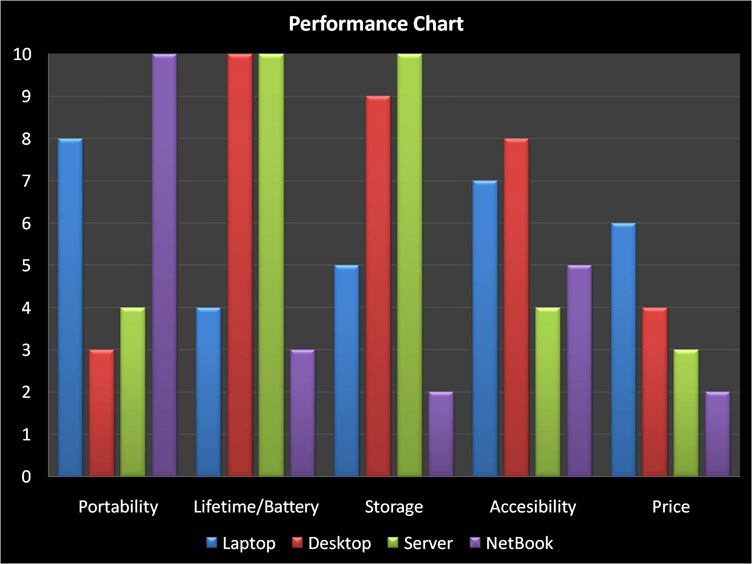
Basically this chart addresses the main concerns of each computer system, and shows how each system's pros and cons affect it.
The 4 main competitors are:
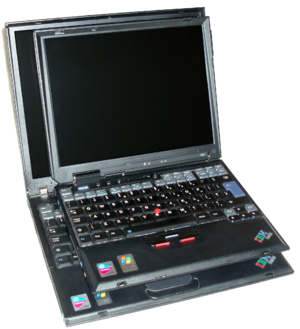 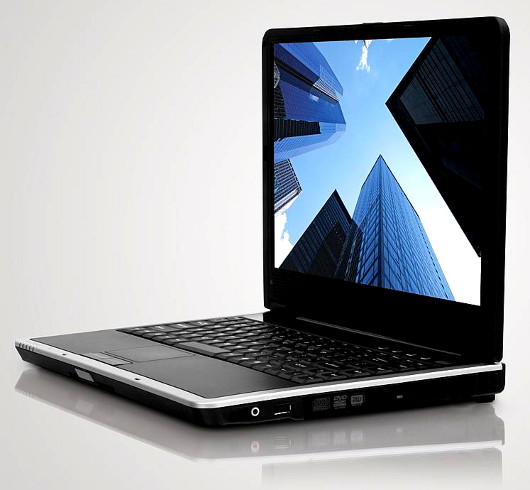
Laptops: a personal computer designed for mobile use and small enough to sit in one's lap. Laptops include the most typical components of a typical desktop computer, which are the display, keyboard, and touchpad(replaces the mouse), and additionaly a rechargeable battery. Most laptops can weigh from 3 to 12 pounds and have a screen size of 8 inches to 20 inches. Laptops are sold more often than desktops now since as of 2008 and are still continuing to take over the market.
 
Desktops: personal computers that are intended for regular use at a single location. Desktop computer is the case only, excluding the keyboard, mouse, speakers, and monitor. Even though some desktop computers are huge and the chance of moving it around often is very slim, they can still outperform a laptop very easily. A desktop has plenty of space from inside the case to put in the require hardware, plus more than that of a laptop, and a desktop can be easily upgradable while a laptop is very limited to upgrades.
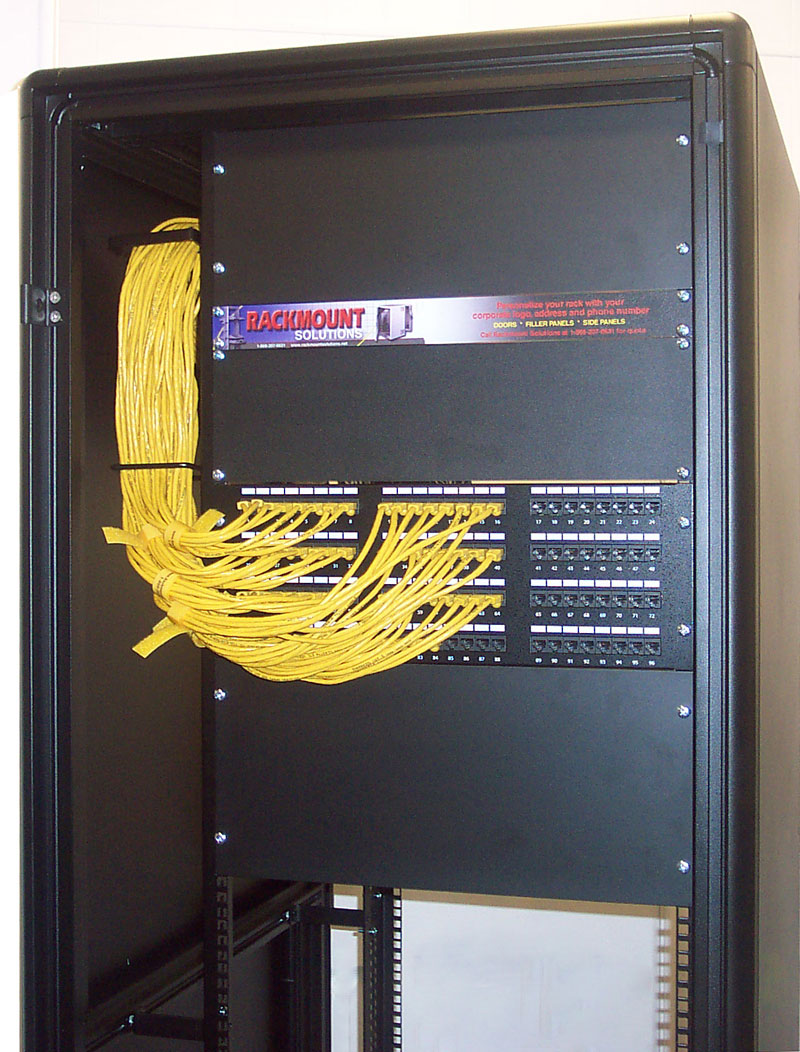 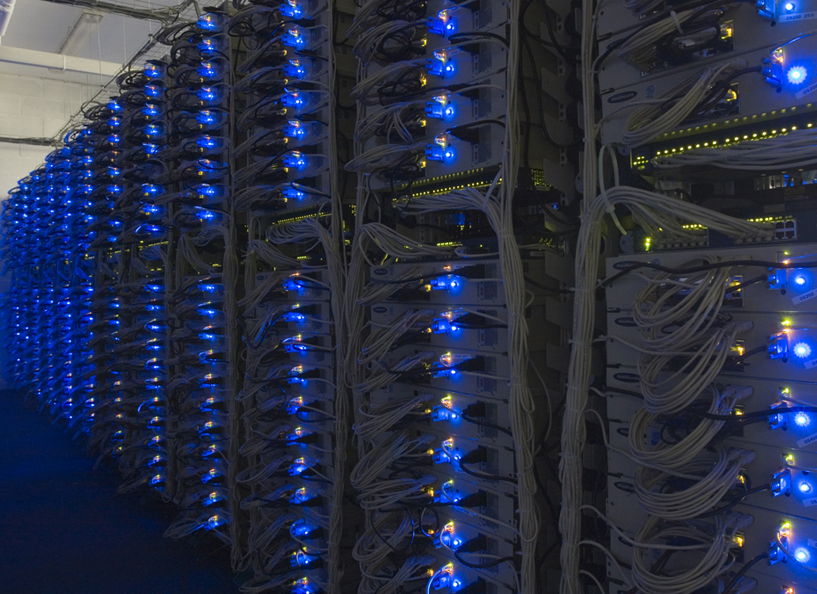
Servers: These things are not mainly made for personal use, but are mainly used to provide services to other computers .Servers do not use the same operating systems as Desktop and Laptops, so its not as user-friendly. Servers use operating systems such as FreeBSD, Solaris, or Linux. Servers do not possess GUI(Graphical user interface), most almost always be restarted when upgrading/updating, and ect.
 
NetBooks: the word netbook comes from combining the words internet and notebook, which is a laptop computer designed for wireless communication and accessing the internet. These computers average in size from 5 inches to 13 inches,weigh less than 3 pounds and are much cheaper than laptops, and run a much lower operating system than other systems(linux and windows xp)
 Portability is how easily it can be transported from point A to point B.more information on this later on. 1 being not so portable and very heavy 10 being very portable and very light. Portability is how easily it can be transported from point A to point B.more information on this later on. 1 being not so portable and very heavy 10 being very portable and very light.
 Lifetime/Battery is how long the system can withstand without needing an electrical output. 1 hold hardly any charge 9 holding alot of charge and 10 holding an unlimited charge due to always being connected to an outlet( the graph assumes that netbooks and laptops are not connected to any outlets) Lifetime/Battery is how long the system can withstand without needing an electrical output. 1 hold hardly any charge 9 holding alot of charge and 10 holding an unlimited charge due to always being connected to an outlet( the graph assumes that netbooks and laptops are not connected to any outlets)
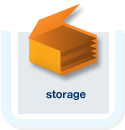 Storage is how much data(games, documents, pictures, music, movies, ect) it can hold before it cannot hold out no more, with 1 holding very little and 10 holding huge volumes of data Storage is how much data(games, documents, pictures, music, movies, ect) it can hold before it cannot hold out no more, with 1 holding very little and 10 holding huge volumes of data
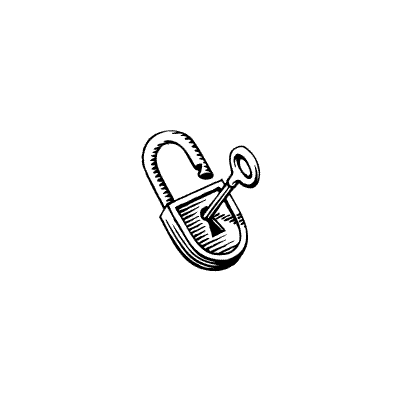 Accessibility is how limited the system is in terms of comparison to the other systems(like a desktop can run a high ram consuming program longer than a laptop can), with 1 being inaccessible and 10 being very accessible Accessibility is how limited the system is in terms of comparison to the other systems(like a desktop can run a high ram consuming program longer than a laptop can), with 1 being inaccessible and 10 being very accessible
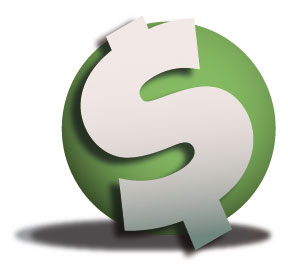 Price is the average budget cost of each system, with 1 being inexpensive and 10 being very expensive Price is the average budget cost of each system, with 1 being inexpensive and 10 being very expensive
If you think you have decided on a system click here to continue.
|

